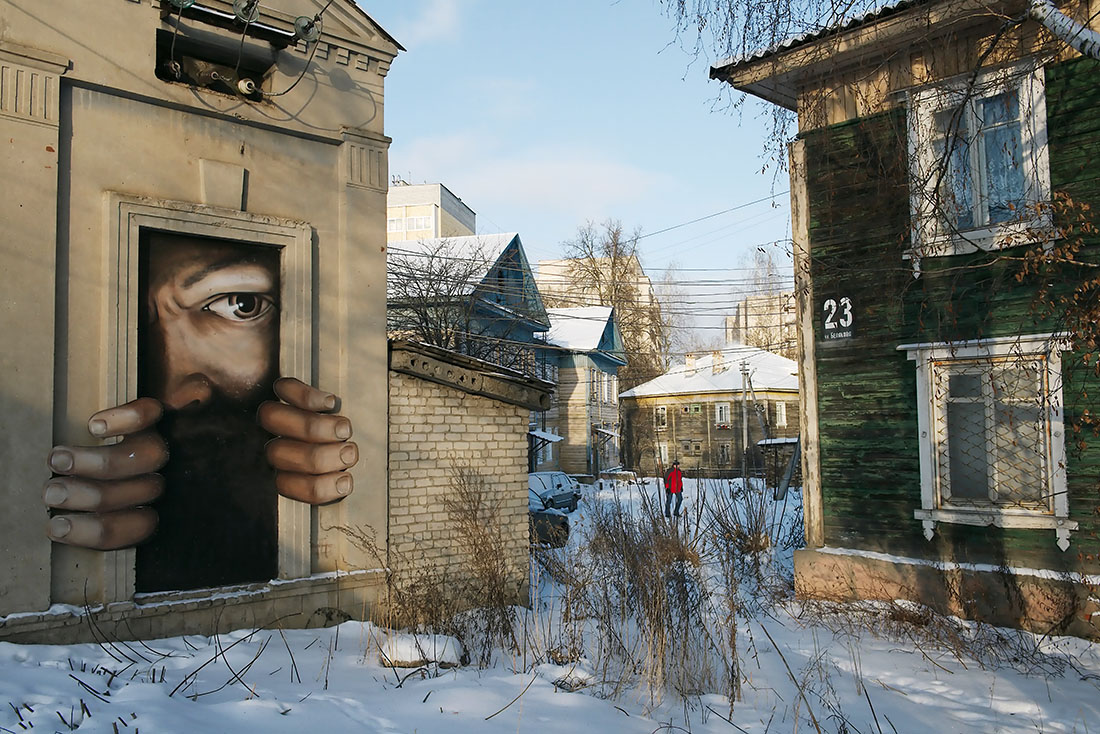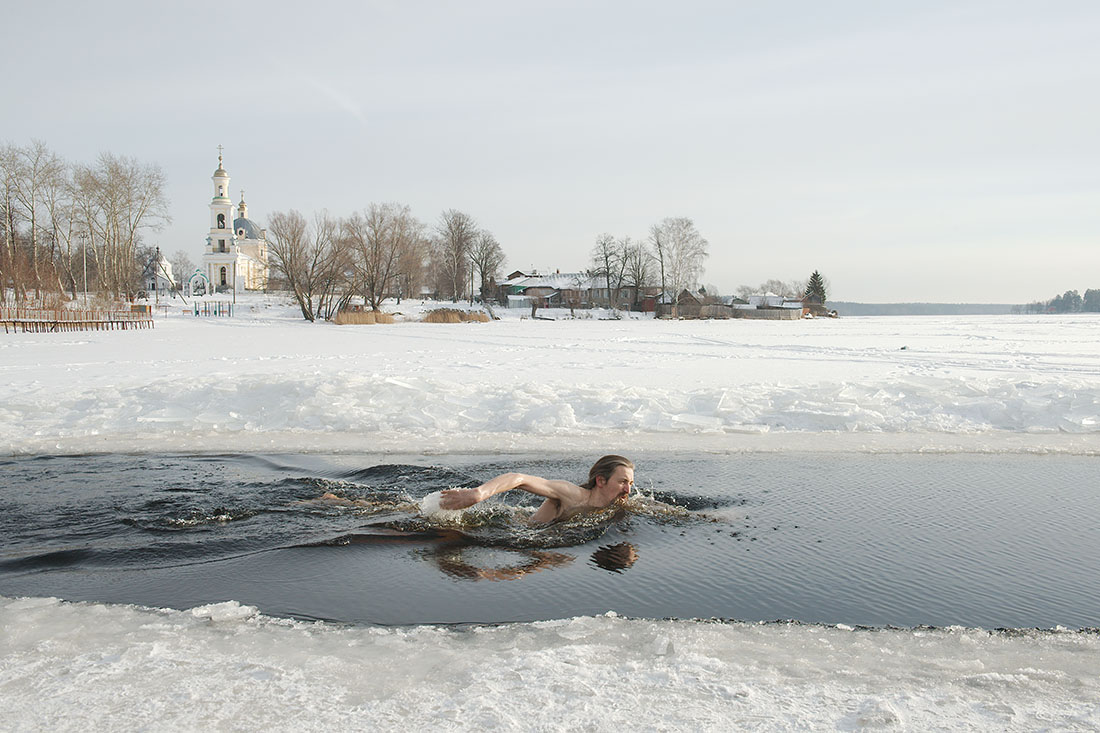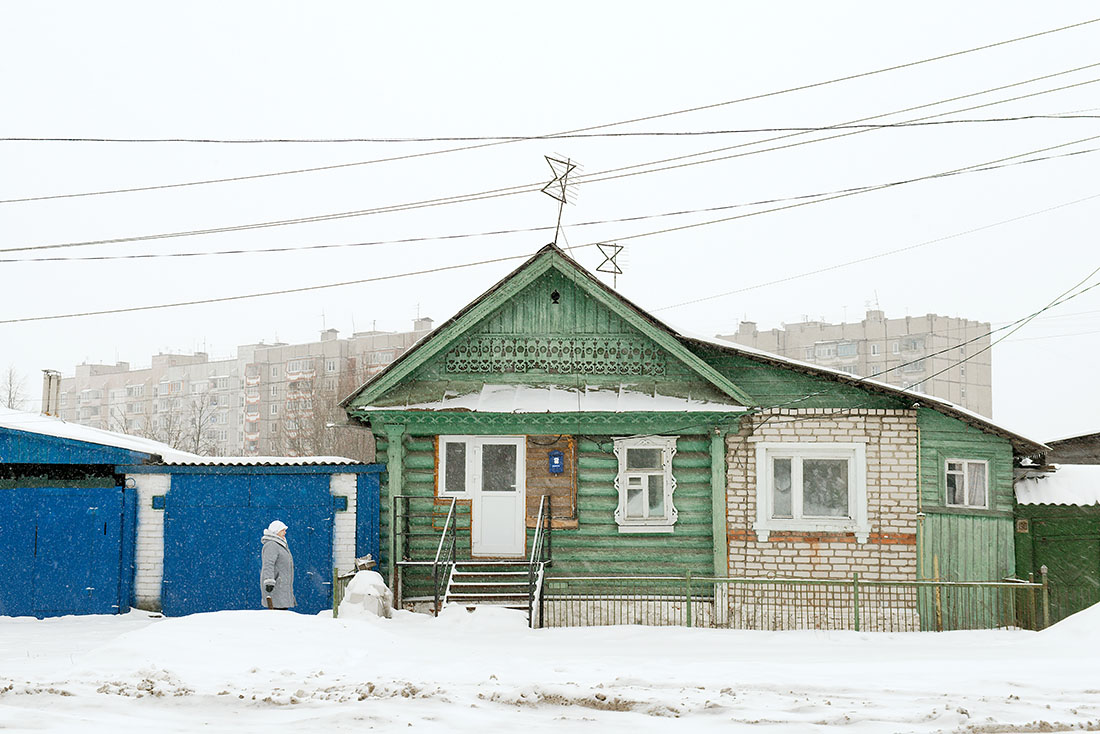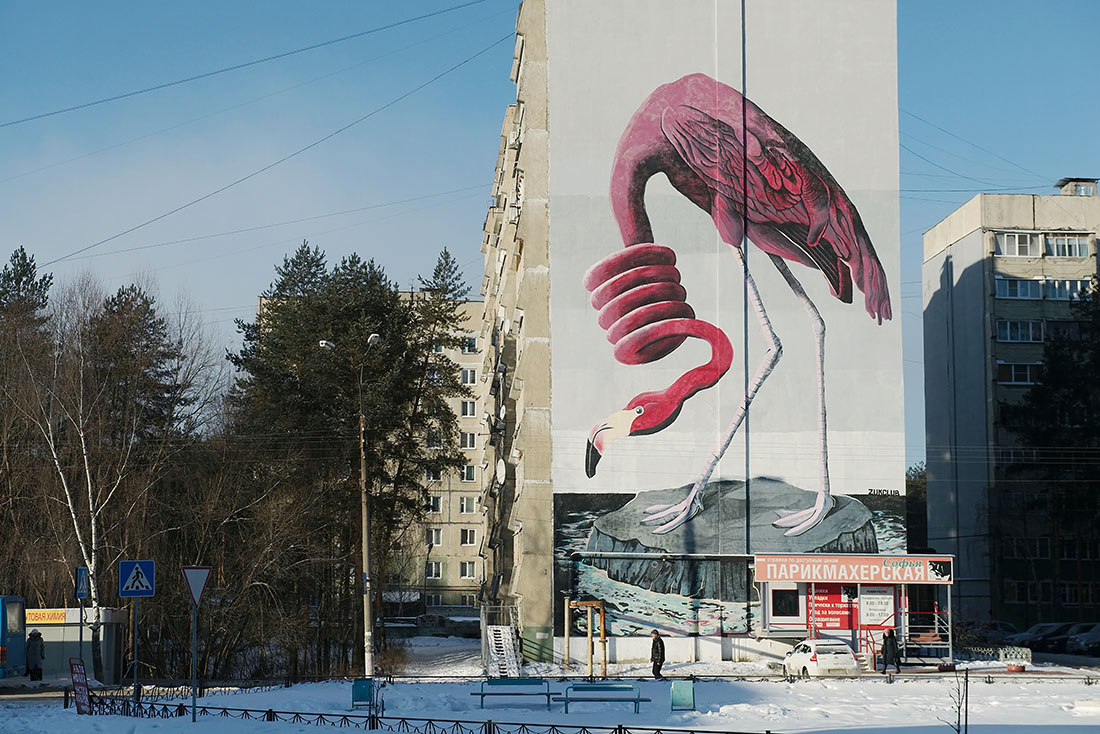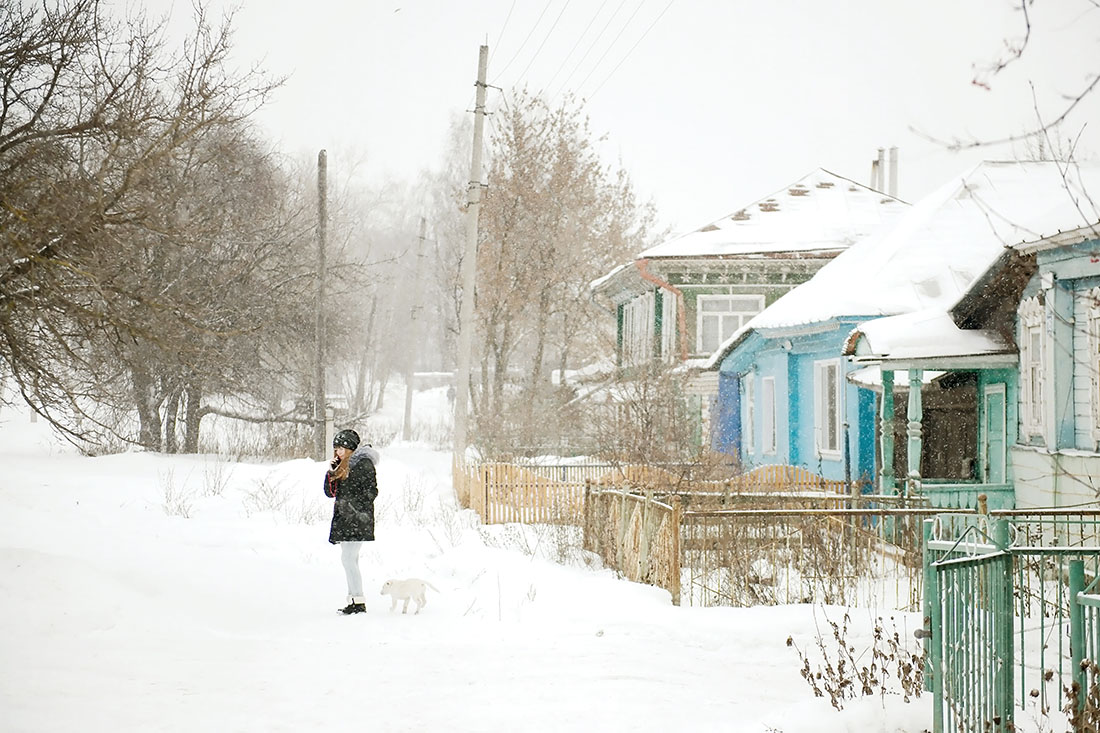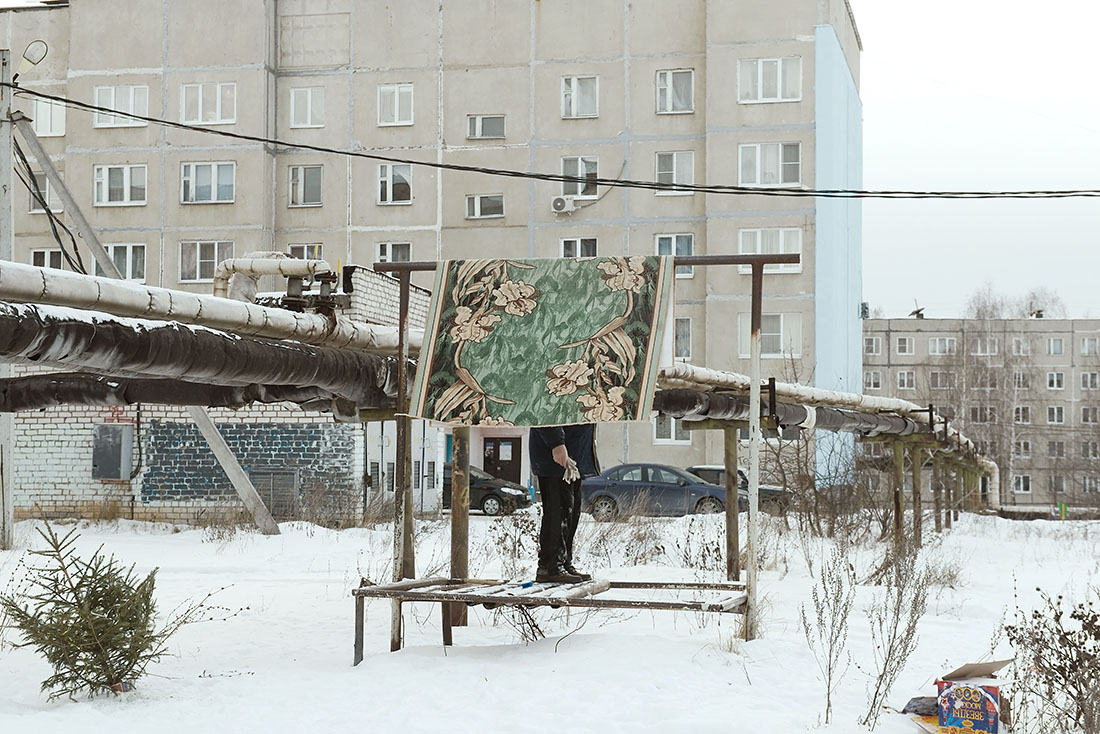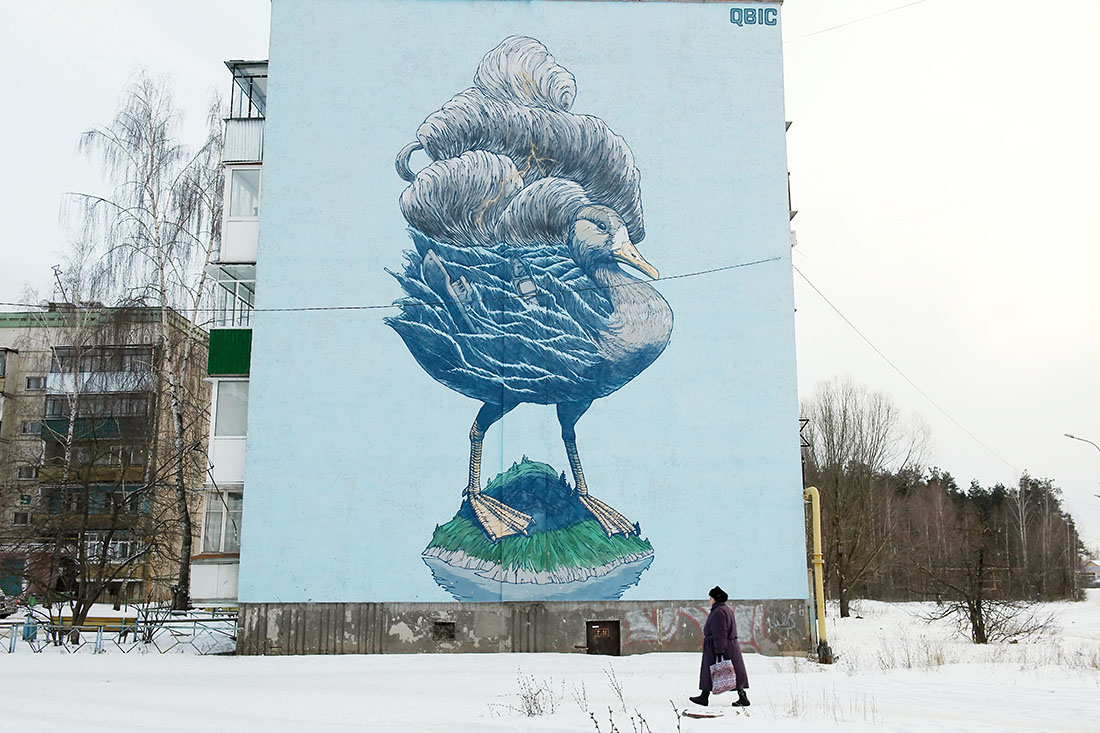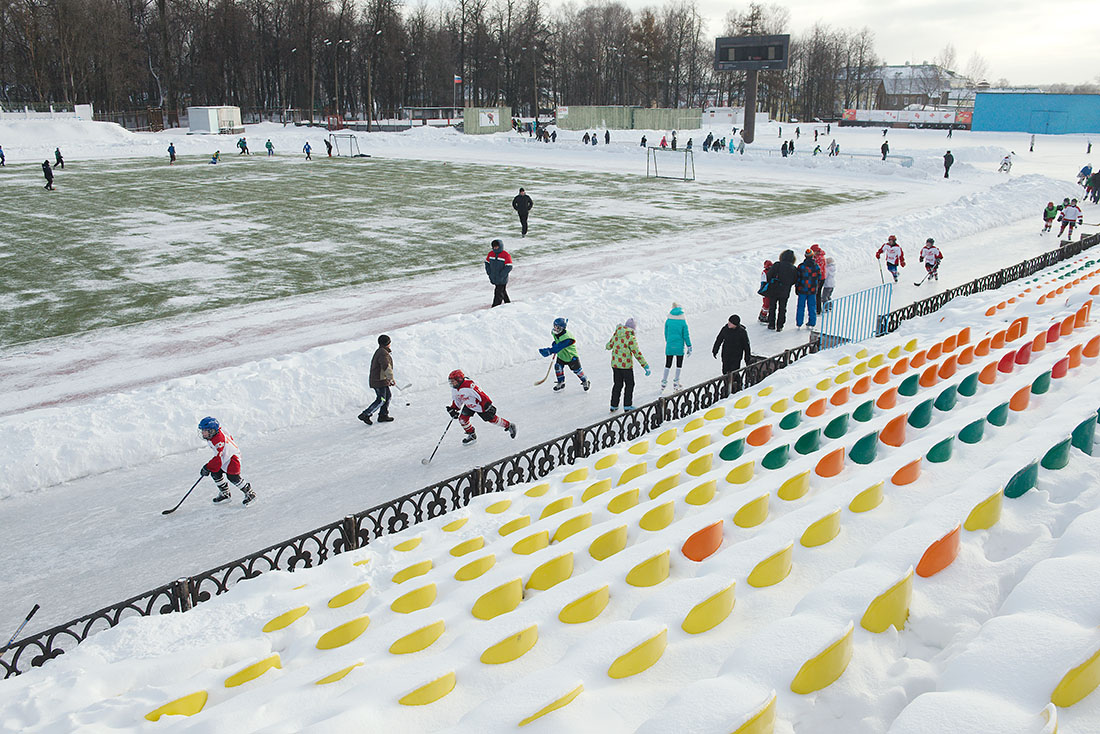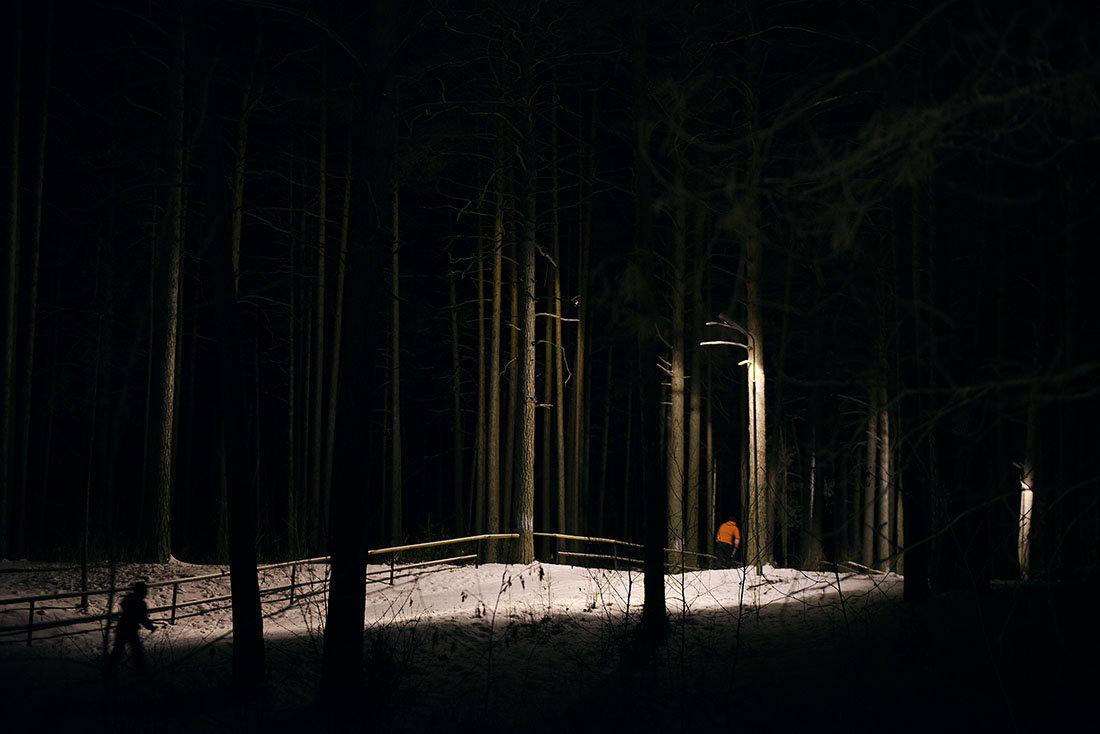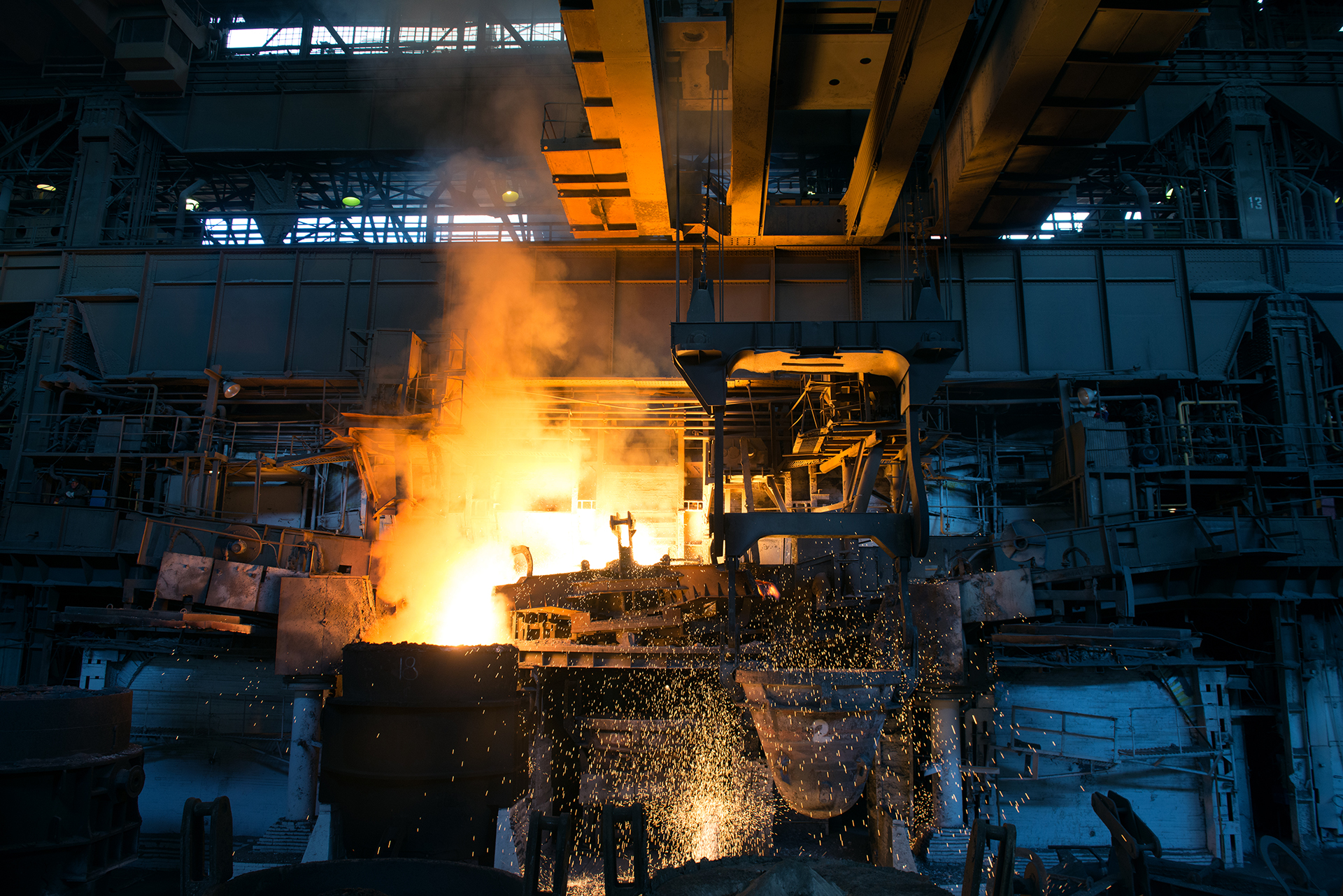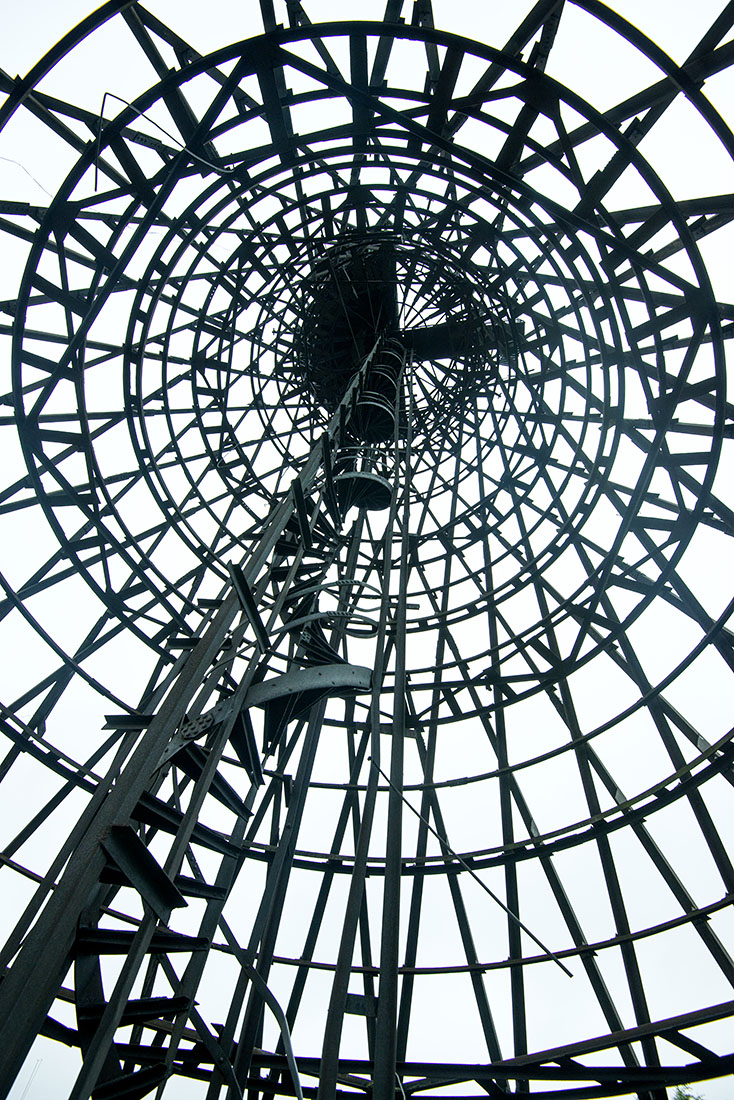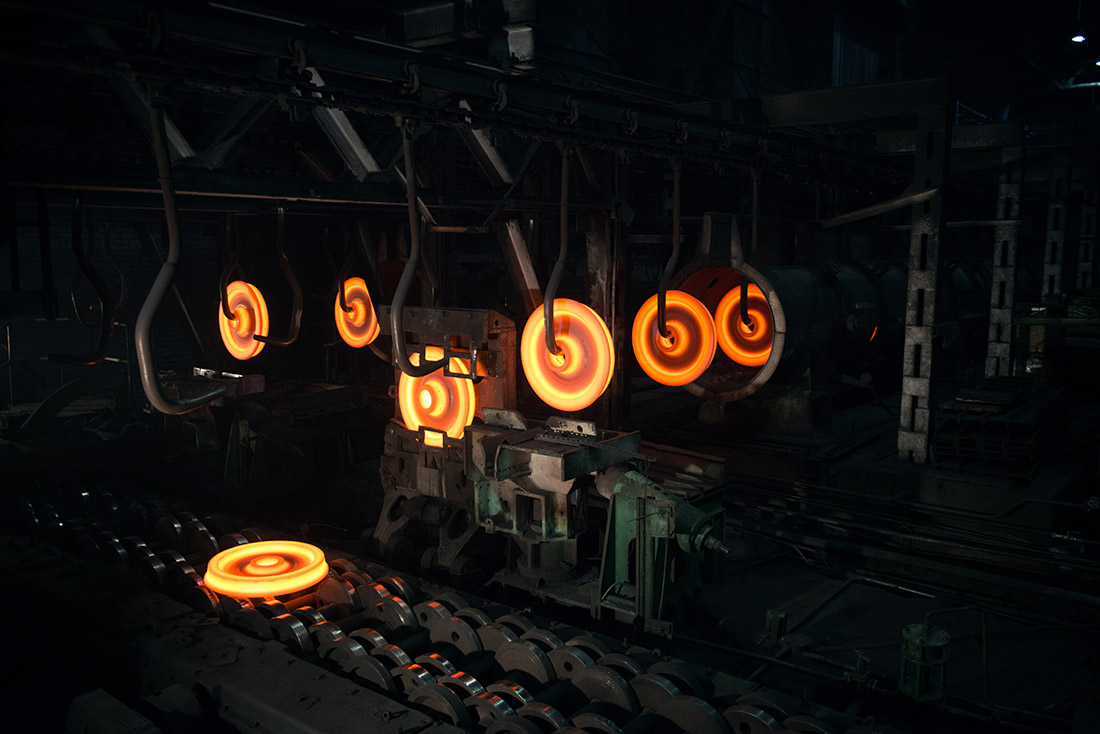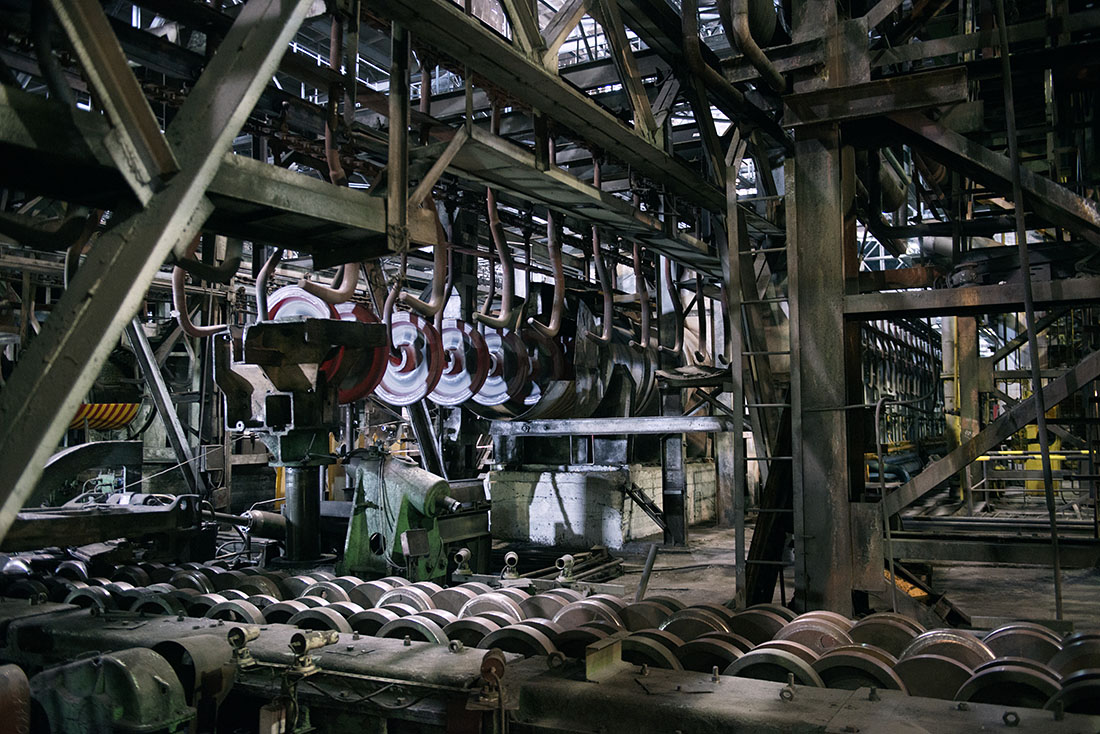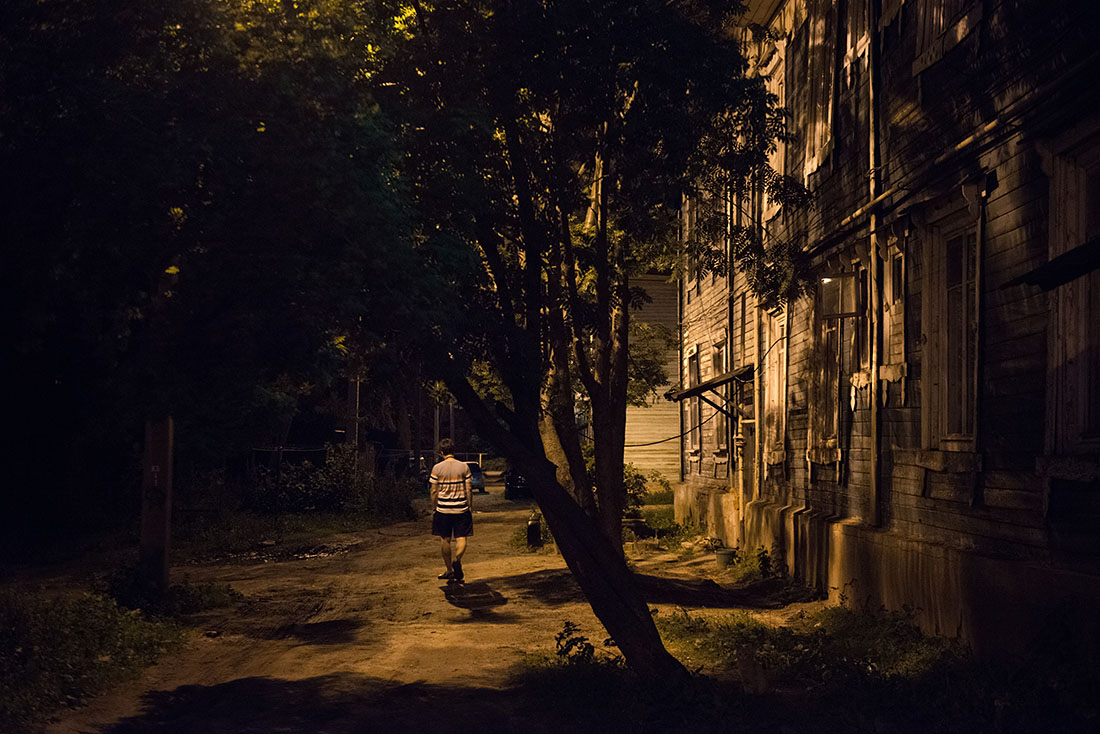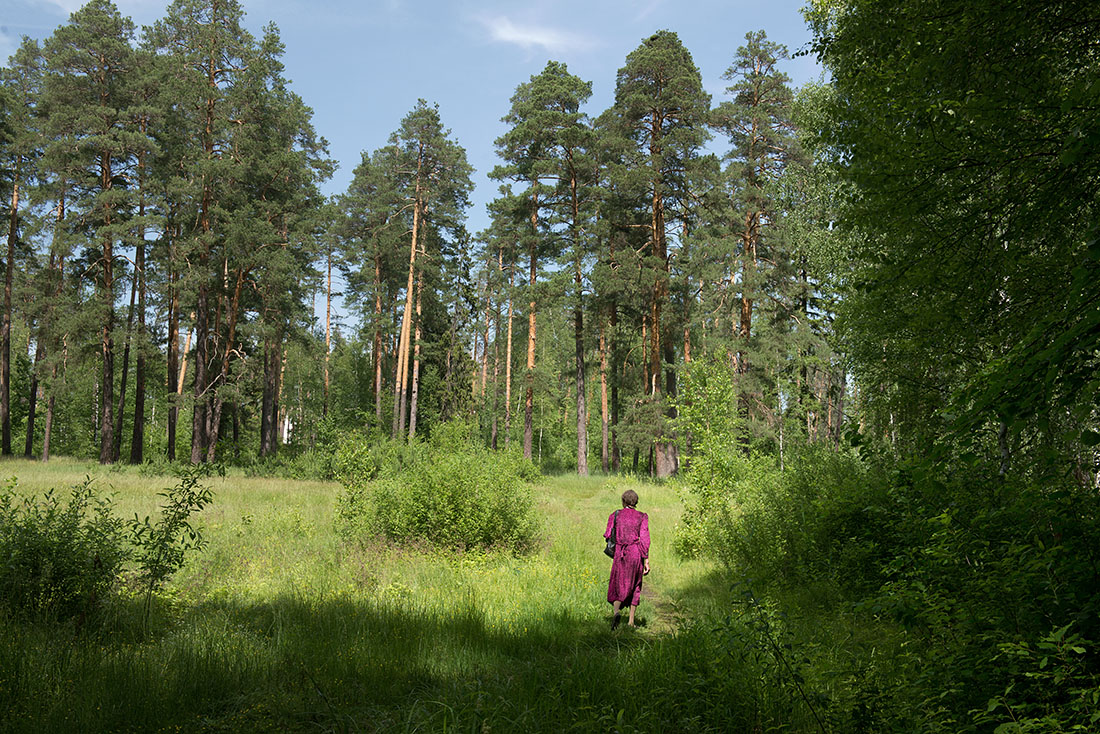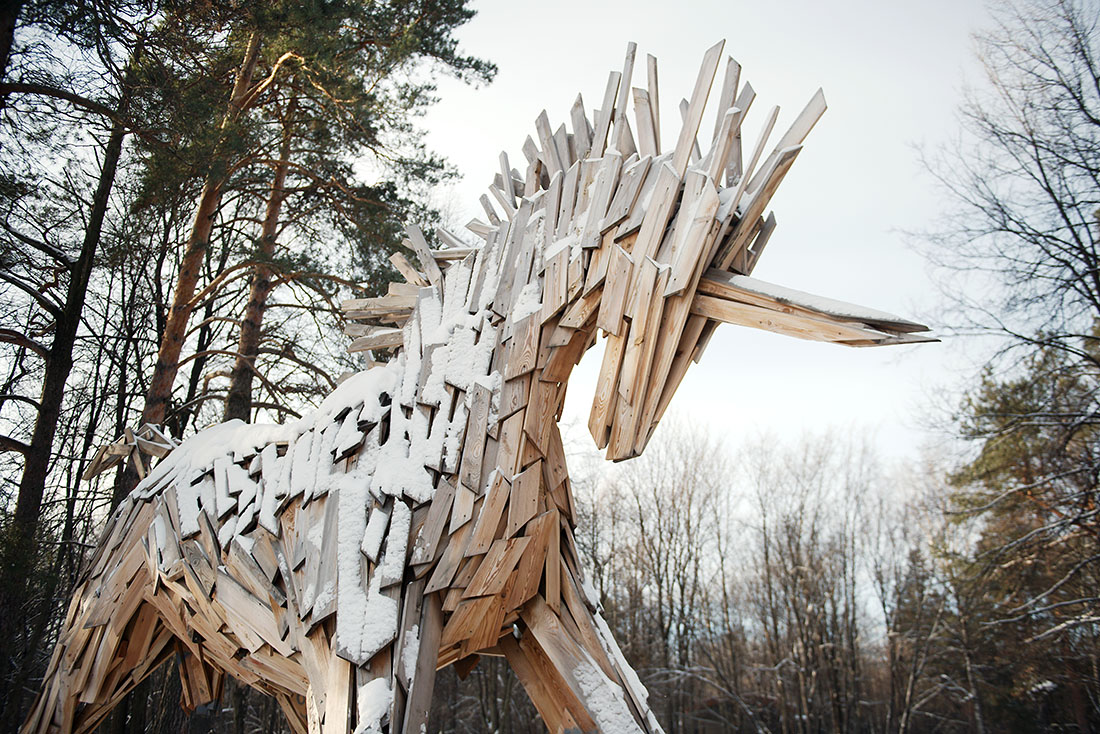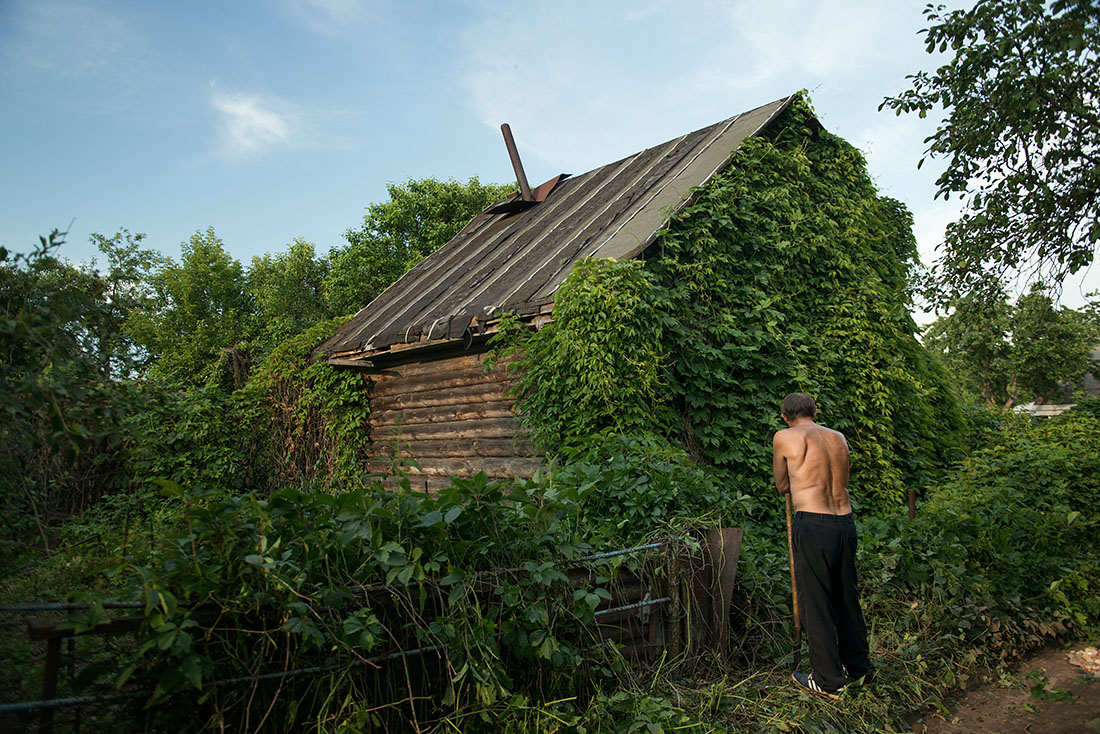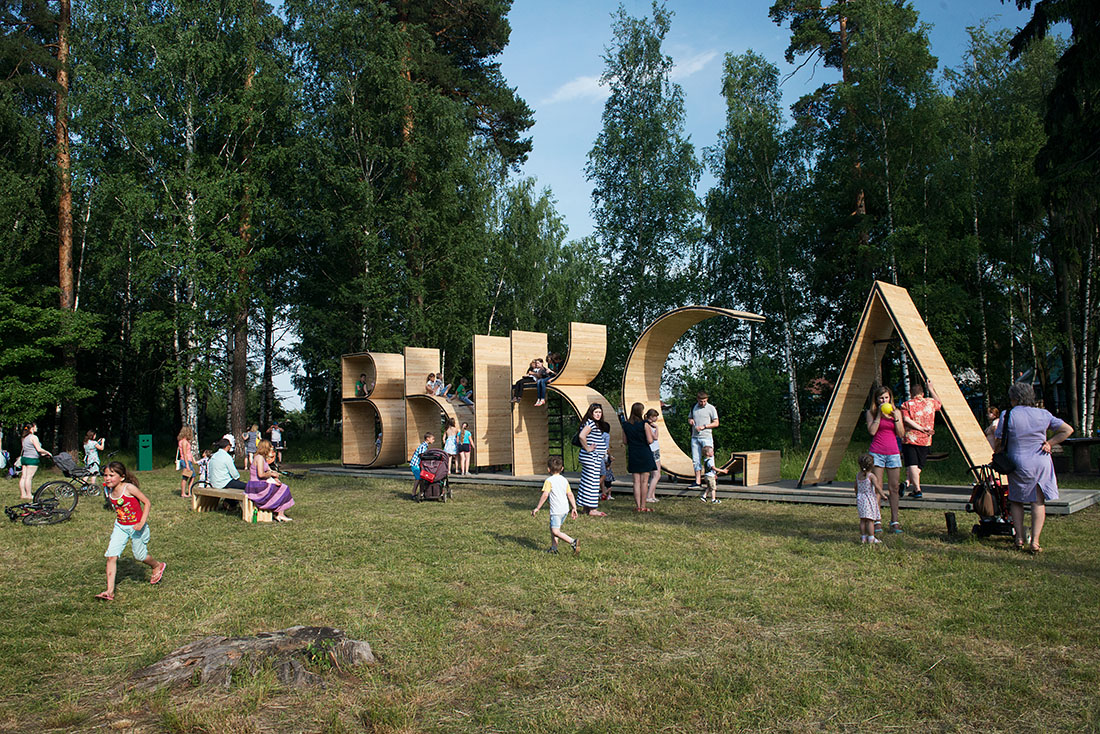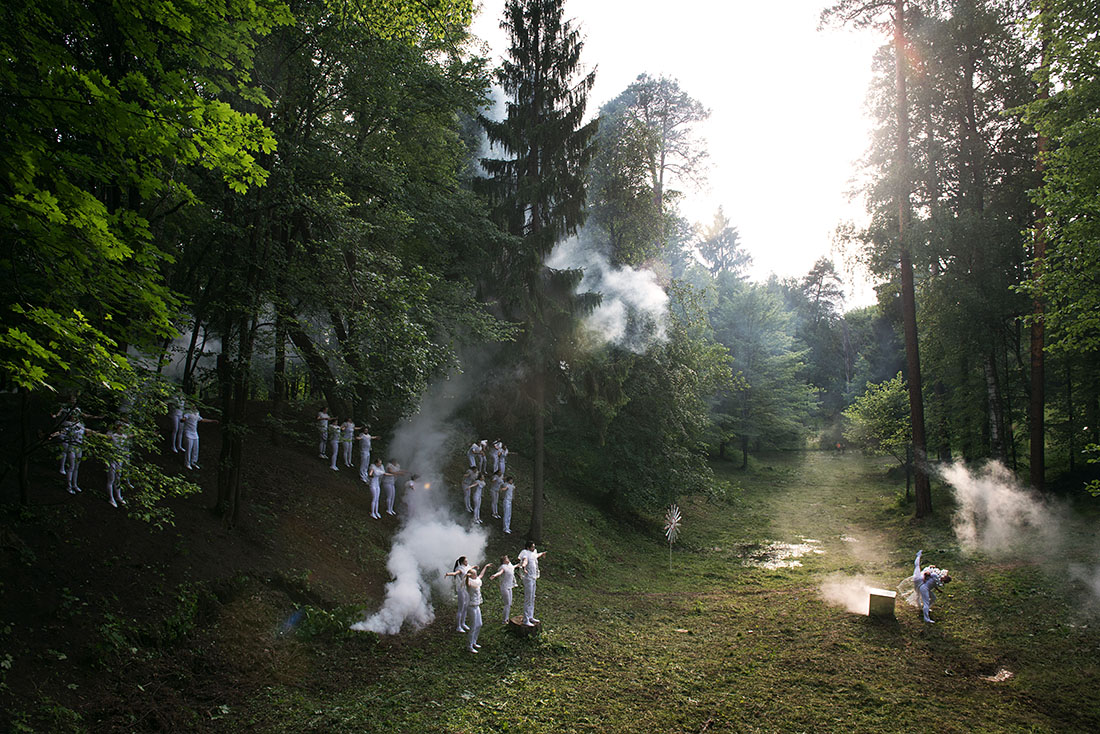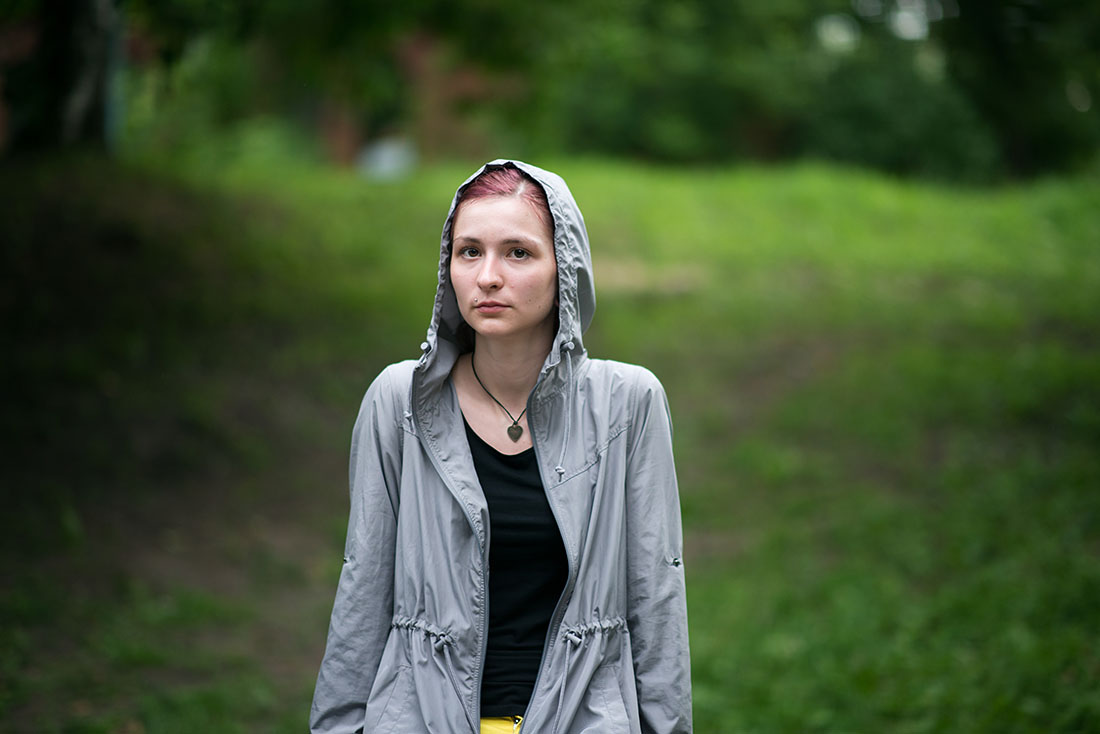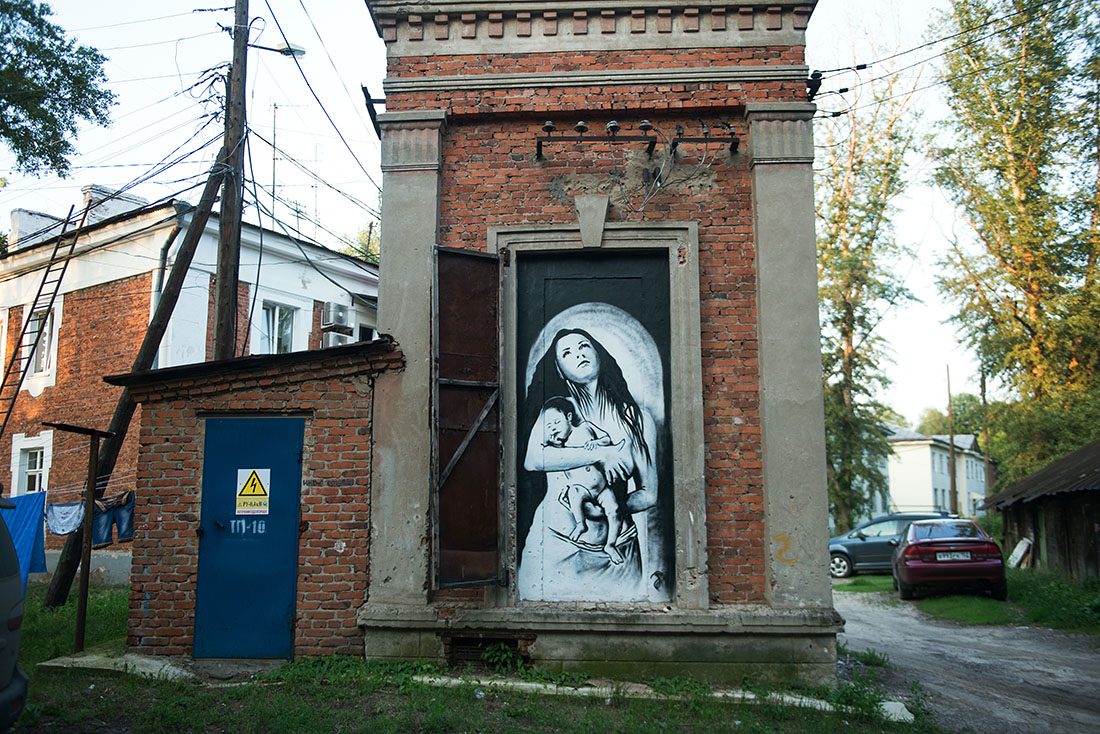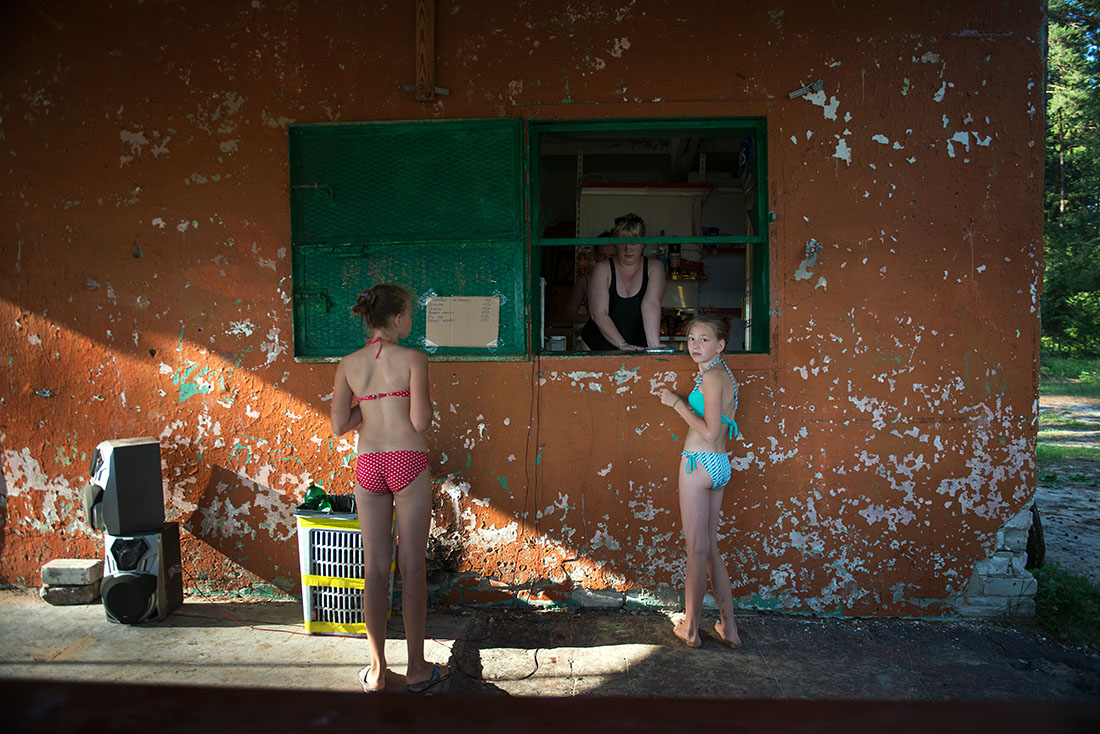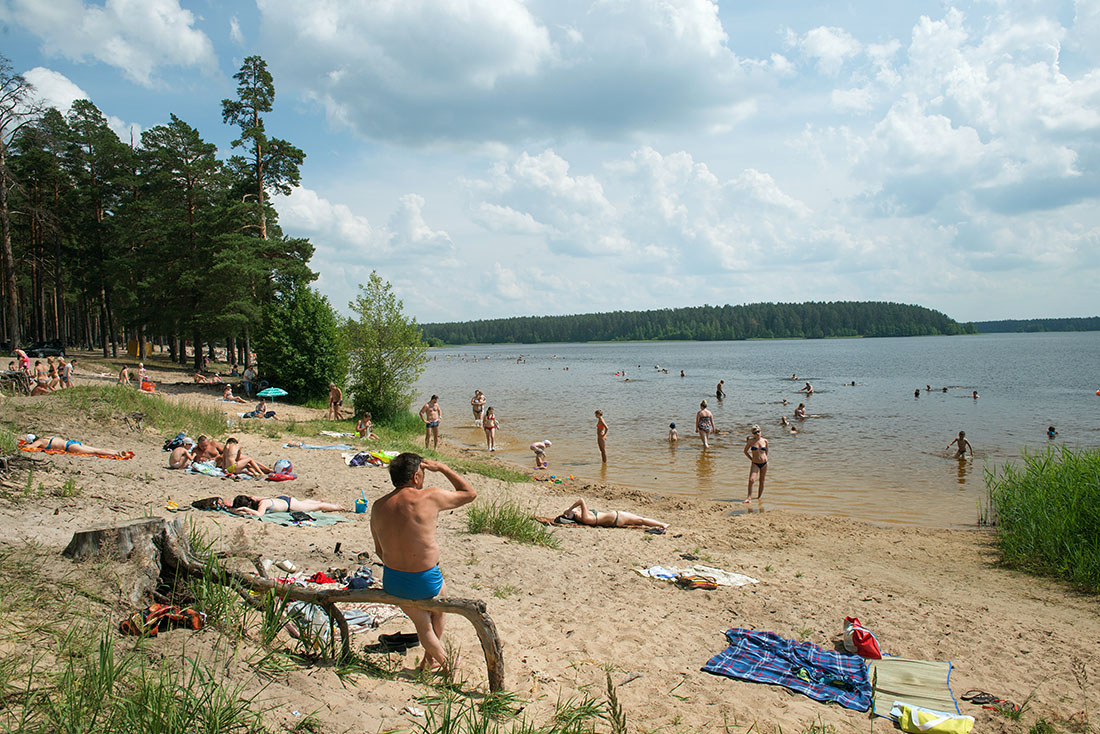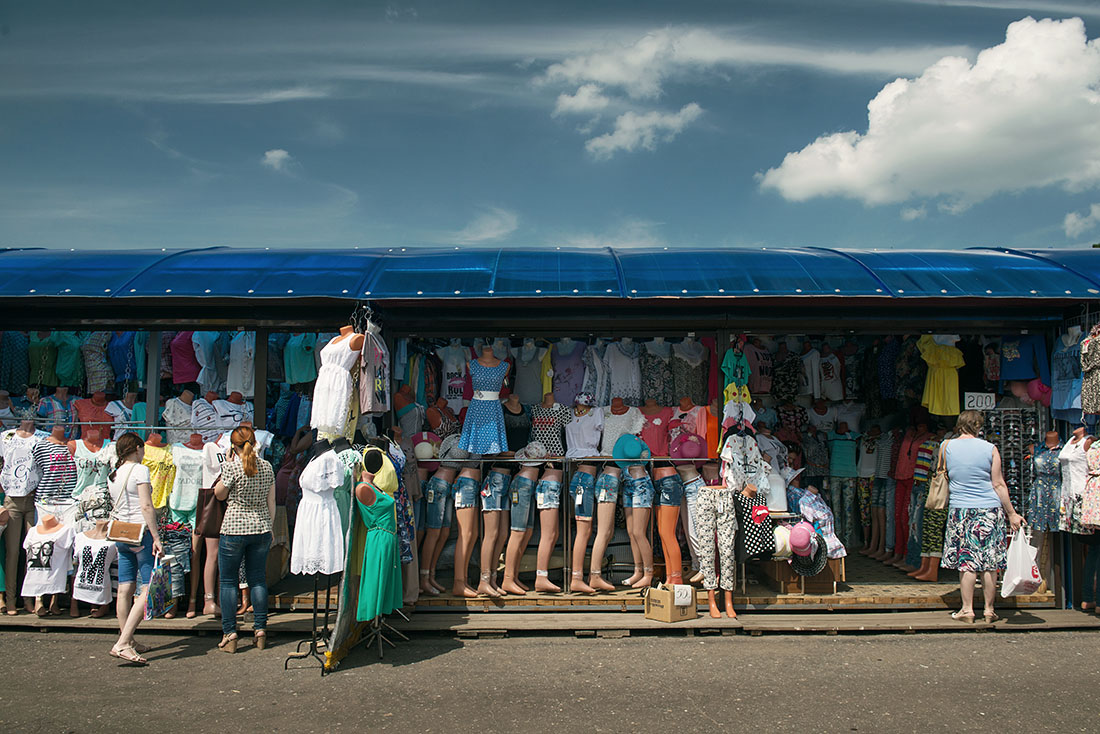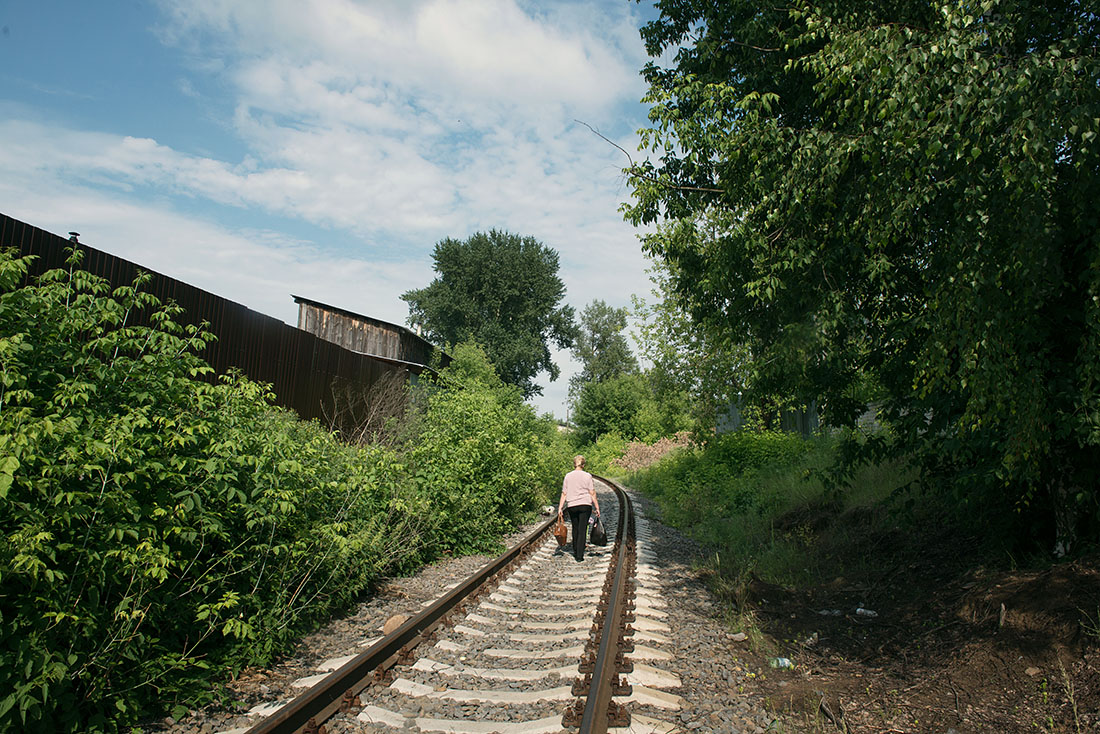Vyksa – Art of a Monotown
Austrian Cultural Forum in Moscow , project «The Hope Principle», Russia 2015
In the mid-1800s, two brothers, the Batashevs, discovered a large deposit of iron ore in an uninhabited forest in western Russia. They developed the area—clearing trees, creating ponds to use for hydropower, and eventually founding an iron ore factory in what would become the town of Vyksa.
For a while the region accounted for almost 30 percent of the cast-iron production in Europe and western Russia, and it became famous for its beautiful castings. Vyksa was the definition of a monotown—culture and the landscape were formed around the factory’s needs.
Over time, demand shifted, and higher quality iron ore became available elsewhere for a cheaper price. But Vyksa didn’t go the way of the ghost town like so many economies reliant on one industry—instead it adapted and survived. Today the modernized factory produces steel pipes and train wheels, employing 12,000 of the 50,000-odd residents.
A happy enough story, but that’s not what sets Vyksa apart. Back in 2010, the company that owns Vyksa Steel Works put out a call for mural proposals as part of a new festival, Art Ovrag, that was to bring fresh ideas and fertilize the culture.
I was invited by the Austrian Cultural Forum in Moscow to explore Vyksa as part of a larger exhibit called “The Hope Principle.”
Read more on National Geographic Proof https://www.nationalgeographic.com/photography/proof/2016/04/13/how-a-russian-factory-gave-birth-to-a-street-art-renaissance/



